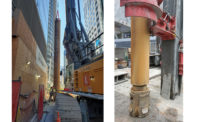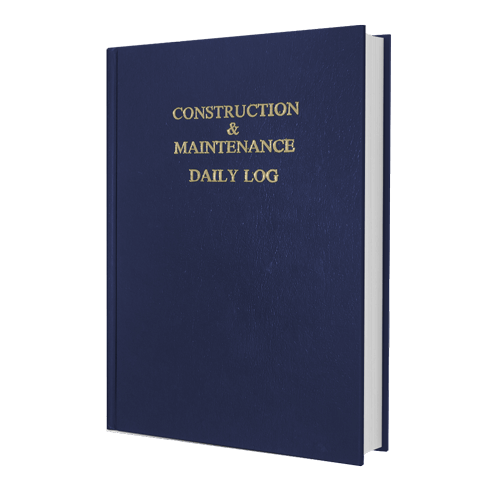American Institute of Architects Weighs Explicit Ban on Sexual Harassment

American Institute of Architects delegates approved a resolution, introduced by Frances Halsband, to change the code of ethics to include a direct prohibition against workplace abuse and sexual harassment.
PHOTO COURTESY KLIMENT HALSBAND

American Institute of Architects delegates approved a resolution, introduced by Frances Halsband (previous photo), to change the code of ethics to include a direct prohibition against workplace abuse and sexual harassment.
PHOTO COURTESY KLIMENT HALSBAND


Delegates at the American Institute of Architects annual meeting late last month in New York City resoundingly passed an anti-abuse and anti-harassment resolution to amend the AIA Code of Ethics and Professional Conduct. The resolution, a response to recent revelations of ethical misconduct “at the highest levels of the profession,” requires equitable treatment of design professionals and staff of diverse backgrounds and identities, and prohibits abuse and harassment within the professional community.
“The urgency that is expressed in the resolution is most important,” said Frances Halsband, a partner of Kliment Halsband Architects. Halsband introduced Resolution 18-16 at the June 20 meeting, held before the June 21-23 AIA Conference on Architecture 2018 in Manhattan, which drew a record 26,000 registrants.
The resolution calls for the amendment of the AIA code to include a provision that requires members to ensure that their workplaces are environments of mutual respect and equitable treatment, free of abusive behavior and harassment.
By June 19, 520 of some 3,400 members of the AIA College of Fellows had endorsed the resolution. The number has since grown to nearly 600, says Halsband, herself a fellow.
“The AIA College of Fellows should be a powerful force in setting standards because we have been elevated before the public and the profession to make significant contributions to architecture and society,” said Halsband.
The vote on the resolution was 4,272 for, 13 against and 136 abstentions. Halsband said the campaign was easier than expected because so much work had already been done “to raise awareness that AIA needs to take action.”

Resolution 18-16 will not become effective unless ratified by the AIA board of directors later this year. “The resolutions are expressions by the members of their concerns,” said Carl Elefante, a principal of Quinn Evans Architects and the 2018 AIA president. “The board is required to respond but does not have to act or agree.”
A number of New York Times articles, beginning March 13, about alleged sexual harassment by 1997 AIA Gold Medal winner Richard Meier “brought the #MeToo movement into the architecture community,” Halsband said. But she was not moved to take action until the spring, after lecturing at architecture schools.
“I found many students eager to know what we were doing to stop all forms of abuse,” she said. “Other institutions spoke out quickly and forcibly, AIA did not. For me, those students were the rallying cry.”
AIA has been working on the issue for 10 years, said Elefante. Workplace equity and culture is currently one of the AIA board’s “strategic priorities,” he added.
In March, the 90,000-plus-member group issued a statement that said that the members stand together “to confront those who make the workplace intolerable through harassment and abuse” and “to give voice to those who are stifled for fear of retaliation.”
The current code of ethics does not explicitly refer to sexual harassment, but it provides that members “shall not discriminate in their professional activities on the basis of race, religion, gender, national origin, age, disability or sexual orientation.” Elefante said that in September, the AIA board will consider “clearer” anti-harassment language recommended by its National Council of Ethics, which handles code violation complaints.
AIA adopted an anti-harassment policy in 2014 that applies to its board of directors, its strategic council and all individuals who act on AIA’s behalf. A separate anti-harassment policy applies to its 220-person staff. By 2019, all chapters are required to adopt anti-harassment policies or risk losing accreditation. And over the next three years, anti-harassment practice guides are going out to firms and individual members.
Halsband thinks the AIA pace is too slow. “It doesn’t take three years to know harassment is wrong,” she says. “Let’s get on with it.”







